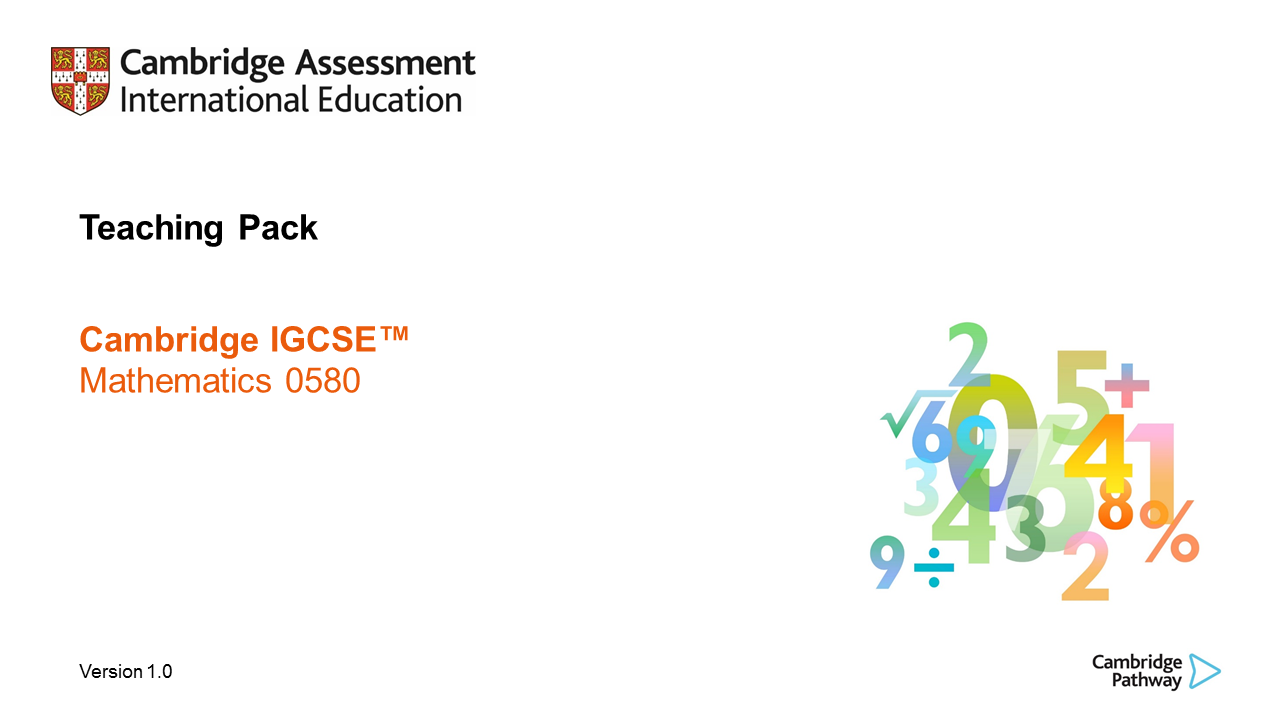Section outline
-
-
Lesson resources
-
Lesson 2 video
 Video transcript
In real life we often need to share the details of real-life objects with people who can't see that object, so we need to be able to put them down on paper.
Video transcript
In real life we often need to share the details of real-life objects with people who can't see that object, so we need to be able to put them down on paper.
For example, manufacturers need to share the detail of their cars with owners and mechanics in their handbooks, so they know how they work and can maintain them. But it is often not possible to draw on papers the actual size of real-life objects such as the real size of a car or an airplane.
Let's look at an example.
The length of a typical car is about 5 metres.
But the length of an A4 piece of paper is only 297mm
How many pieces of paper would you need to be able to draw the length of the car full size?
Consider what we need to do first to answer this question.
First, we need to change both measurements into the same units.
The car is measured in metres and the paper in millimetres.
In this case we're going to change the length of the car into millimetres.
We are converting metres into millimetres.
The prefix 'milli' which means one thousandth can guide us.
At this point you might be asking yourself the question "Do I need to multiply or divide?"
To answer this - think about the question "Are you expecting more or less millimetres than metres?"
The answer to this question should be more.
For example, it would require a lot of tiny millimetre fleas to be the same height as the dog.
This should be telling you to multiply.
The scale factor to convert from metres to millimetres is therefore multiply by a thousand.
Now we need to work out how many pieces of paper we would need to put together to be able to draw the car full size.
Dividing the length of the car by the length of a piece of paper you can see it would take 17 pieces of paper end-to-end, just to be able to accommodate the full length of the car.
This should explain to you why we need scale drawings to represent large objects like this. -
Lesson 3 video
 Video transcript
Let's look at how to convert between reality and your representation.
Video transcript
Let's look at how to convert between reality and your representation.
A wall is one metre long in reality. How long will it be on a 1 to 100 scale drawing?
Remember your prefixes again - 'centi' means one hundredth.
So this means that the 1 metre wall is 100cm long.
The scale tells us that we need to draw 1 centimetre on the page for every 100cm in real life.
So the wall will be drawn as 1cm long on the scale drawing.
So how long will the same one metre long wall be on a 1:500 scale drawing?
Lets use the approach we used at the beginning of this unit.
On a scale of 1:500, doing the same to the left hand side we get 1 divided by 5 or 0.2.
This preserves the ratio of 1:500.
So on a scale of 1:500, 1m will be drawn as 0.2 centimetres which is the same as 2 millimetres - a very short line! -
Lesson 3 video
 Video transcript
Once you're happy converting from reality to your drawings, the next step is to convert between drawing scales.
Video transcript
Once you're happy converting from reality to your drawings, the next step is to convert between drawing scales.
This may seem more complicated but the technique is the same.
On a 1:50 scale drawing, one unit on the scale drawing represents 50 units in reality.
But on a scale drawing of 1:100 the same unit now represents 100 units in reality so you will need less space to draw the same object.
In fact you will need 50 divided by 100 or half the space to draw the same object on a 1:100 scale drawing.
Now consider the scale factor from a 1:500 to 1:200 scale drawing.
On a scale drawing of 1:500 one unit on the scale drawing will be equivalent to 500 units in reality.
On a scale drawing of 1:200 you will need more space to complete the drawing.
You will require 500 divided by 200 units to represent the same object on the scale drawing.
This means 2 and a half units for every one you drew previously.
So an object which is 1cm long on a scale of 1:500 will be 2.5cm long on a scale of 1:200.
-
